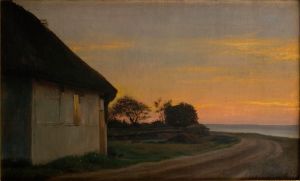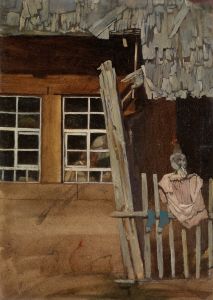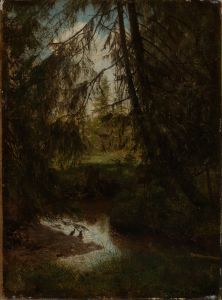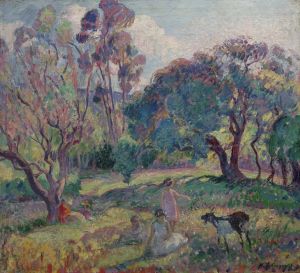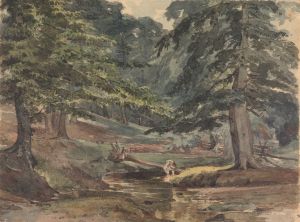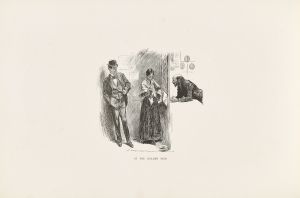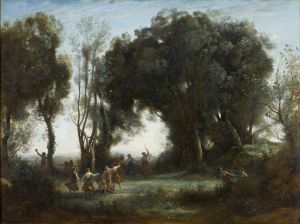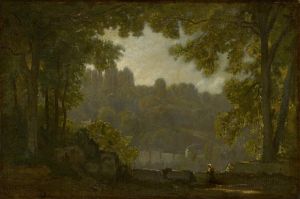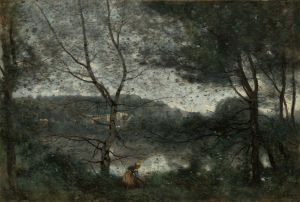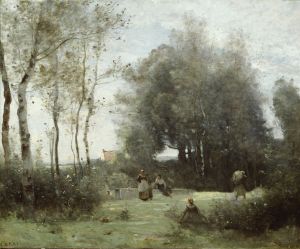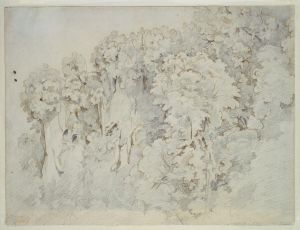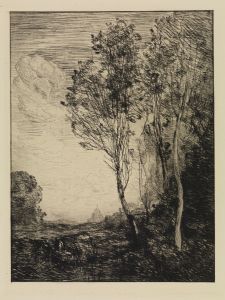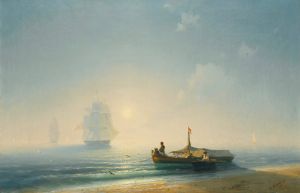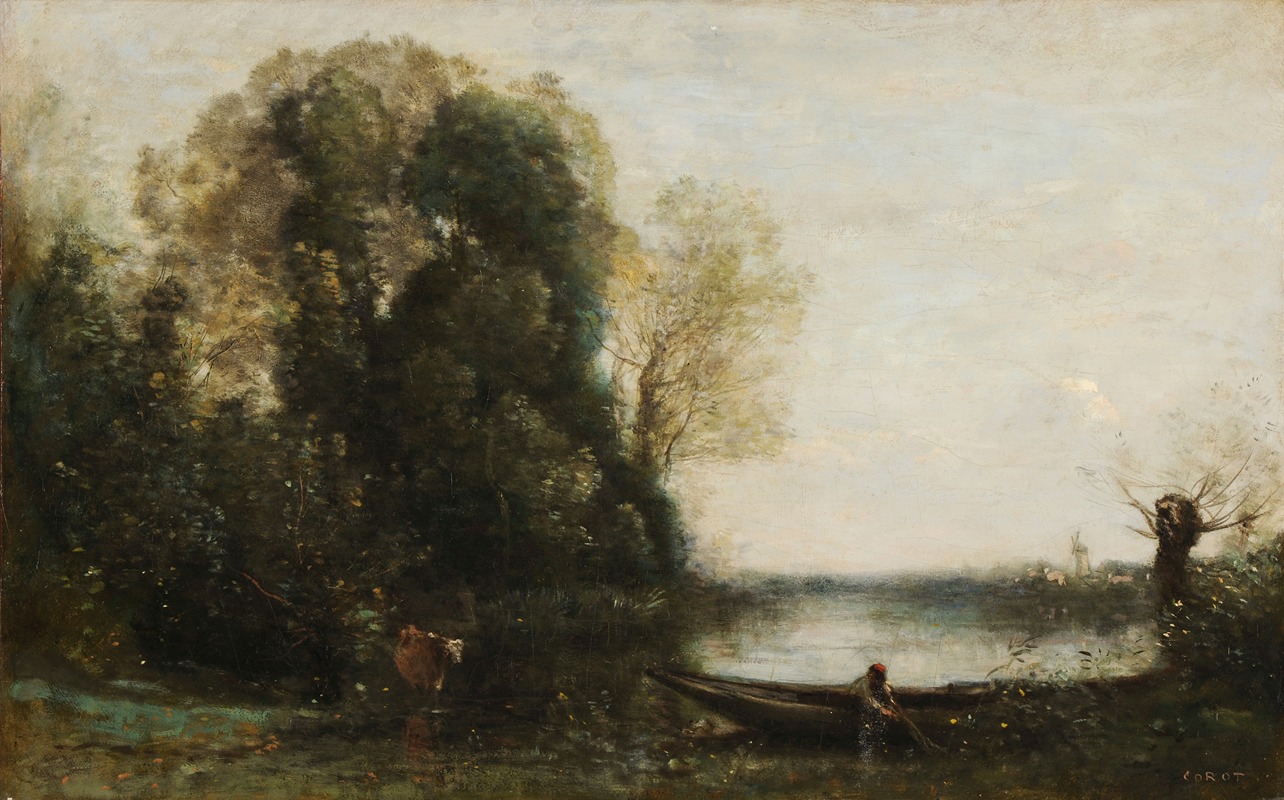
Le pêcheur en barque à la rive
A hand-painted replica of Jean-Baptiste-Camille Corot’s masterpiece Le pêcheur en barque à la rive, meticulously crafted by professional artists to capture the true essence of the original. Each piece is created with museum-quality canvas and rare mineral pigments, carefully painted by experienced artists with delicate brushstrokes and rich, layered colors to perfectly recreate the texture of the original artwork. Unlike machine-printed reproductions, this hand-painted version brings the painting to life, infused with the artist’s emotions and skill in every stroke. Whether for personal collection or home decoration, it instantly elevates the artistic atmosphere of any space.
Jean-Baptiste-Camille Corot was a pivotal figure in landscape painting in the 19th century, known for his role in bridging the Neo-Classical tradition with the emerging Impressionist movement. One of his notable works, "Le pêcheur en barque à la rive" (The Fisherman in a Boat by the Shore), exemplifies his mastery in capturing the serene beauty of nature with a delicate balance of light and shadow.
Corot was born in Paris in 1796 and developed a passion for art in his early years. He was influenced by the Barbizon School, a group of painters who sought to break away from the formalism of the academic tradition and instead focused on painting en plein air, or outdoors, to capture the natural world more authentically. Corot's work is often characterized by its soft, atmospheric quality and his ability to convey the tranquility of rural landscapes.
"Le pêcheur en barque à la rive" is a testament to Corot's skill in depicting the interplay between water, light, and landscape. The painting features a lone fisherman in a small boat, gently floating near the shore. The scene is enveloped in a misty atmosphere, a hallmark of Corot's style, which he achieved through the use of muted colors and delicate brushwork. The composition is balanced, with the boat and fisherman serving as focal points amidst the expansive water and lush greenery.
Corot's approach to painting was methodical yet intuitive. He often began with detailed sketches and studies, which he would then refine into finished works in his studio. His ability to capture the essence of a scene with minimal detail is evident in "Le pêcheur en barque à la rive," where the simplicity of the composition belies the complexity of its execution. The painting's tranquil mood invites viewers to contemplate the quiet beauty of nature and the solitary figure within it.
Throughout his career, Corot's work evolved, reflecting his growing interest in the effects of light and atmosphere. His later works, including "Le pêcheur en barque à la rive," show a shift towards a more Impressionistic style, characterized by looser brushwork and a focus on capturing fleeting moments. This evolution in his style had a significant influence on the Impressionists, who admired his ability to convey mood and emotion through landscape painting.
Corot's legacy is evident in the way he inspired a generation of artists to explore new approaches to capturing the natural world. His work, including "Le pêcheur en barque à la rive," continues to be celebrated for its poetic beauty and technical mastery. Today, Corot is regarded as one of the great landscape painters of the 19th century, and his paintings are held in high esteem by art historians and collectors alike.
In summary, "Le pêcheur en barque à la rive" is a quintessential example of Jean-Baptiste-Camille Corot's ability to blend realism with a lyrical interpretation of nature. The painting's serene composition and atmospheric quality reflect Corot's unique vision and his enduring influence on the development of modern landscape painting.





